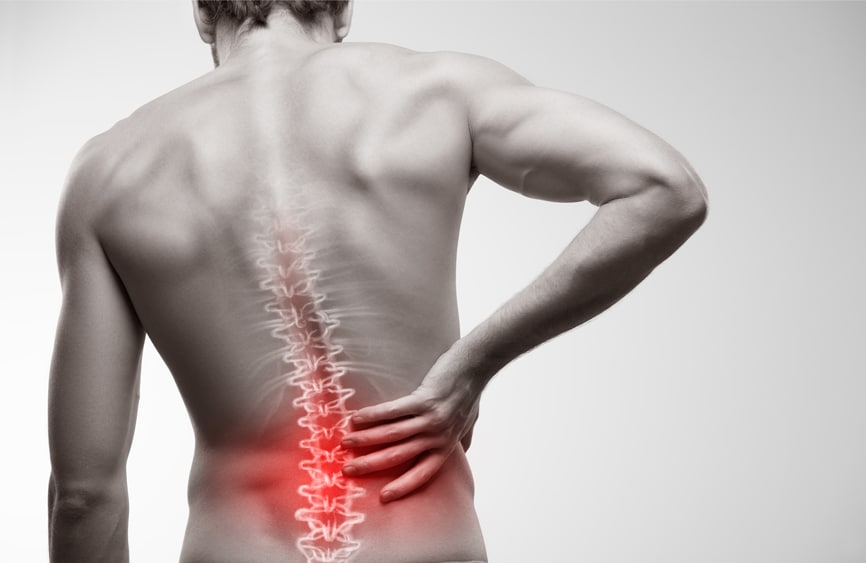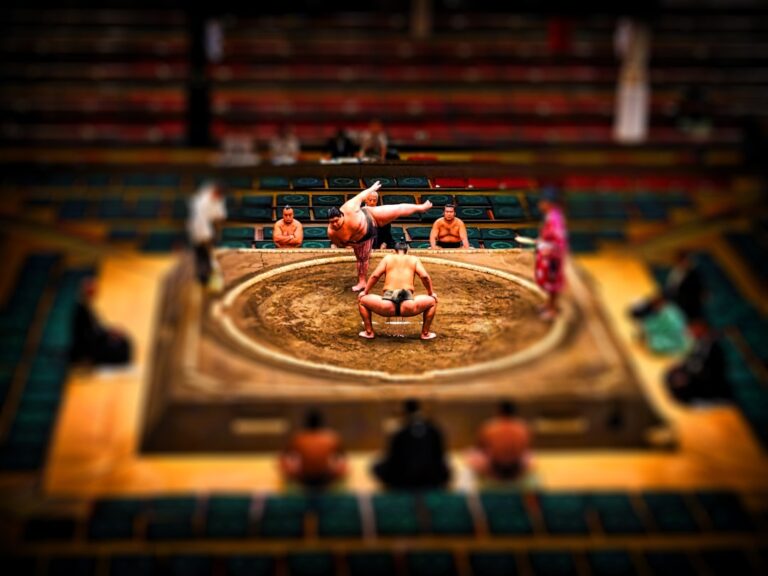Scoliosis is a condition where a person’s spine has a curve. It can be like the letter “S” or “C”. Some people might think that sports are not good for scoliosis. But that’s not true! There are many sports that are safe and even helpful. Let’s talk about them!
Why Sports are Important for Scoliosis
Doing sports can make your muscles strong. This is good for your back. It can also make you feel happy. But, you must pick the right sports. The right sports are gentle on your spine.
Swimming: The Top Choice
Swimming is a great sport for scoliosis. It is gentle and works all your muscles. The water supports your body. This means less stress on your spine. It can make your back muscles stronger. This helps to keep your spine straight.
Yoga: Flexibility and Strength
Yoga is about slow movements and deep breaths. It helps you become more flexible. It also makes your muscles strong. There are many types of yoga. Some are good for scoliosis. But, you must avoid some poses that twist your spine too much.
Pilates: Core Building
Pilates is a lot like yoga. It also makes your muscles strong, especially around your tummy. This is your core. A strong core is very important for a healthy back. It helps to support your spine.

Credit: www.spinemd.com
Cycling: Low Impact Cardio
Cycling can be a good sport too. It does not hit your spine hard. But, you must make sure your bike fits you well. A bike that is too big or too small is not good. It can make your back hurt more.
Walking: Simple and Effective
Do you know that walking is a sport? Yes, it is! It’s easy and you can do it anywhere. Walking is good for your heart. It also helps your spine. It does not twist or bend your back in a bad way.

Credit: heyclinic.com
What to Avoid
Some sports can hurt your back. It is best to avoid them. Contact sports like football can be rough on your spine. High-impact sports like gymnastics can also be too much. They can cause more pain or make the curve in your spine worse.
Tips for Safe Sports with Scoliosis
- Always warm up before you play a sport. This helps to get your muscles ready.
- Do not do too much too fast. Start slow and build up.
- Listen to your body. If something hurts, stop doing it.
- Always cool down after sports. This means slow movements to relax your muscles.
- Check with a doctor before starting a new sport.
Table of Scoliosis-Friendly Sports
| Sport | Why It’s Good | Things to Remember |
|---|---|---|
| Swimming | Gentle on the spine | Try different strokes |
| Yoga | Increases flexibility | Avoid extreme twists |
| Pilates | Strengthens core | Focus on proper form |
| Cycling | Low impact on the spine | Ensure proper bike fit |
| Walking | Easy and accessible | Wear supportive shoes |
Final Thoughts
Having scoliosis does not mean you can’t play sports. It just means you have to choose the right ones. Sports can help your back get strong. They can also make you feel good. Always pick sports that are kind and gentle to your spine.
Remember, it is always best to talk to a doctor or a physiotherapist. They can tell you which sports are the best for you. They can also help you to do them in the right way. So, go ahead and have fun with sports!
Keep moving, keep smiling, and take care of your spine!
Are Low-Impact Sports for Herniated Discs Also Beneficial for Scoliosis?
Low-impact activities like swimming, yoga, and pilates can be highly effective for managing both herniated discs and scoliosis. These exercises build core strength and improve flexibility without overloading the spine. For spinal health, they’re often considered among the best sports for herniated disc while also proving beneficial for scoliosis management.
Frequently Asked Questions
What Sports Benefit Scoliosis Patients?
Engaging in swimming can be highly beneficial for individuals with scoliosis, as it promotes even muscle development without putting undue stress on the spine.
Can Yoga Improve Scoliosis Conditions?
Yoga, particularly poses that strengthen the core and improve posture, can help manage scoliosis by enhancing body alignment and flexibility.
Is Running Safe For Scoliosis Sufferers?
Running may be safe for those with scoliosis, but it’s essential to consult a healthcare provider, as impact can vary based on individual condition severity.
How Does Pilates Affect Scoliosis?
Pilates focuses on core strength and spinal alignment, which can be especially advantageous for those managing scoliosis, aiding in overall spinal support and stability.




